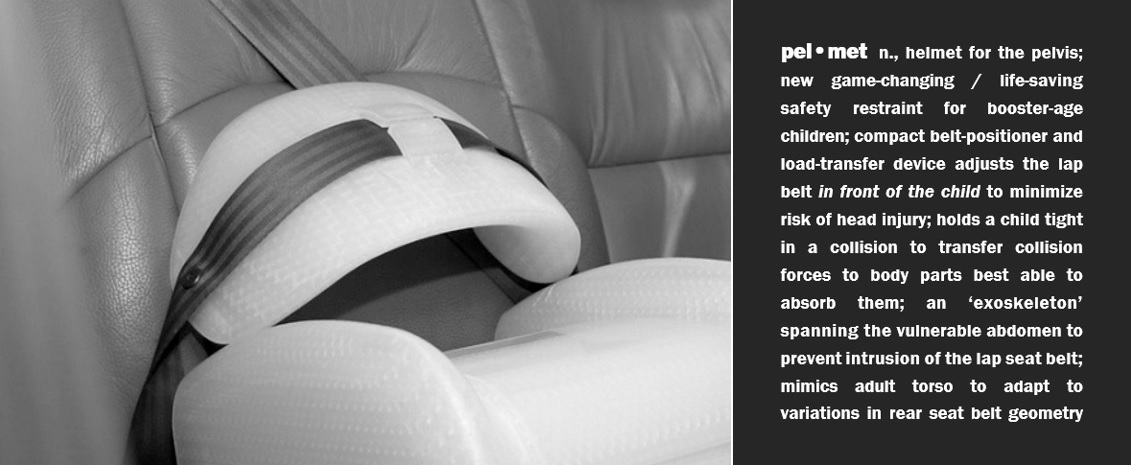

TEN WAYS the Pelmet makes the Booster Better:
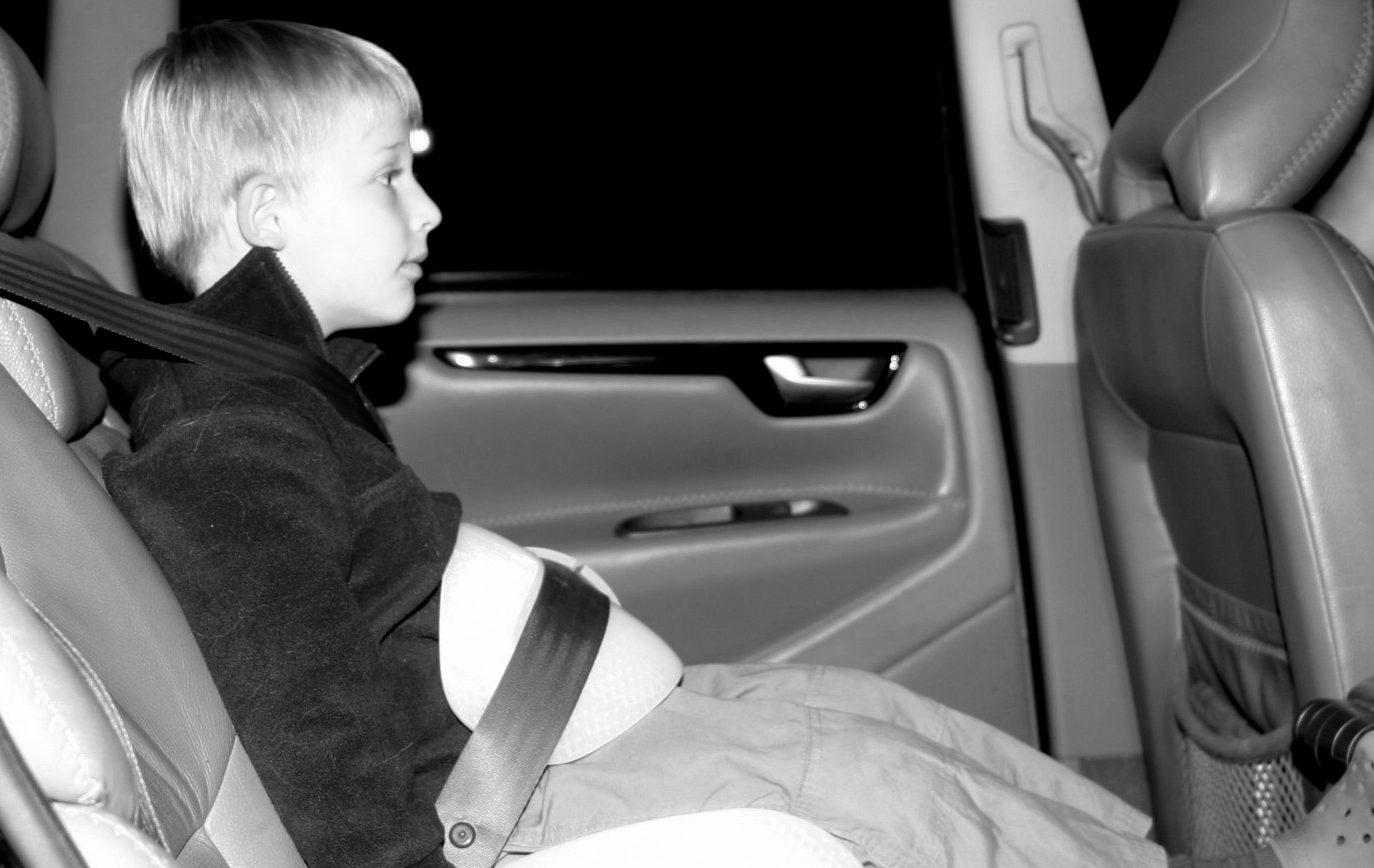
1. The Pelmet Reduces Head Injuries.
By placing the belt-positioning feature in front of the child, instead of advancing and elevating the child like the booster seat, the Pelmet puts the child at the least possible risk of head impact in either a frontal or side impact collision.
2. The Pelmet Couples the Child to the Car.
As a belt-positioner, the Pelmet increases the vertical angle of the lap belt to increase the downward force on the thighs, increasing the friction between the child and the car to isolate the pelvis from the inertia of the legs and resist the child’s tendency to submarine.
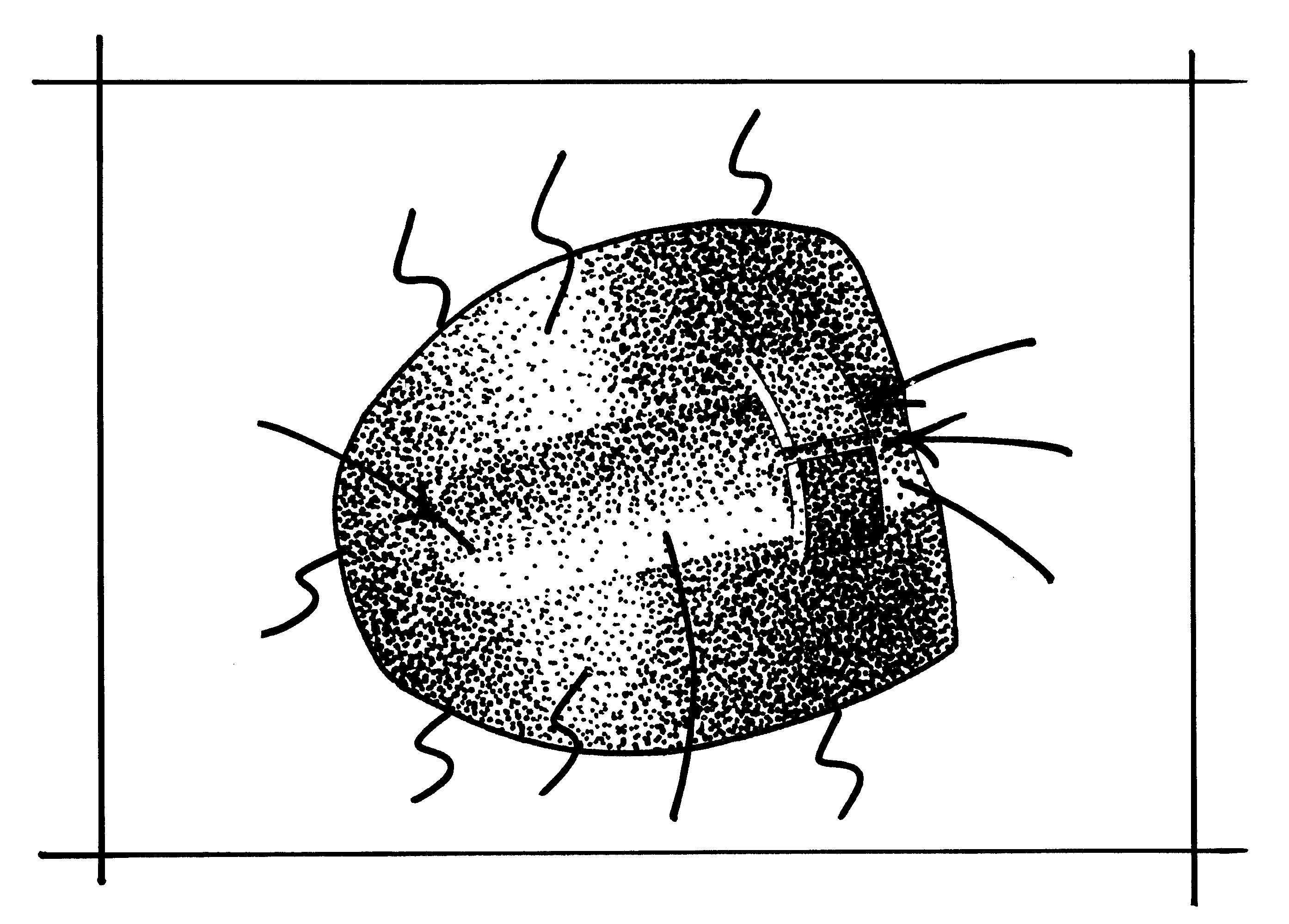
3. The Pelmet Protects the Child against Intrusion by the Lap Belt.
It reduces collision pressures by spreading collision loads over a larger area.
4. It Exploits the Energy-absorbing Capacity of the Car.
The optional low, rearward-sloping booster supports the Pelmet by promoting proper pelvic orientation to minimize the child’s free forward movement and exploit the vehicle’s capacity to absorb the energy of the collision.
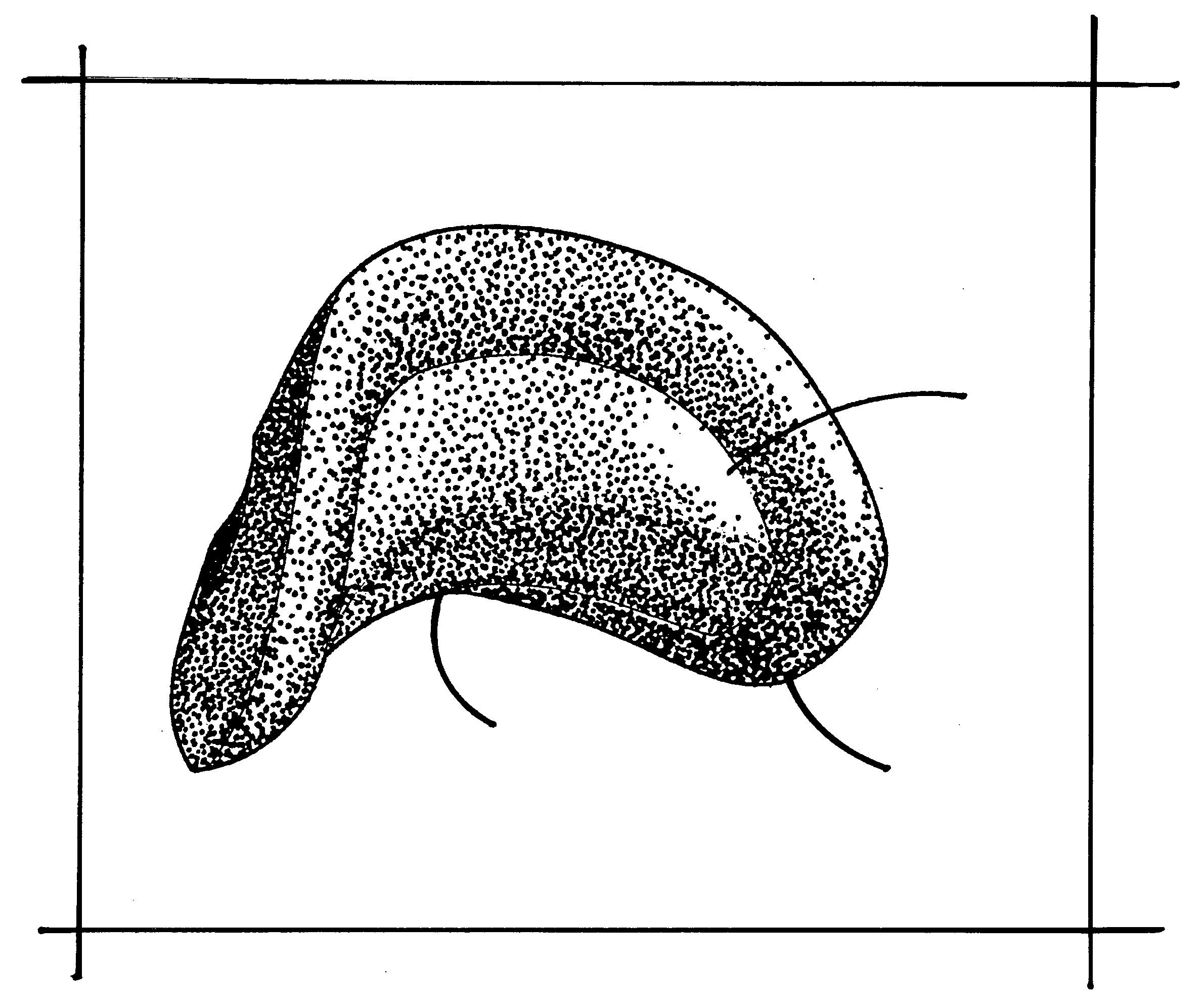
5. It Makes It Easier for Parents to ‘Snug’ Their Child:
The Pelmet adds its thickness to the cross-sectional area of the child to simulate the girth of an adult passenger: it thus brings the belts into a better alignment with collision forces, allowing them to be adjusted more snugly and increasing their efficiency.
6. The Pelmet is an ‘Exoskeleton’.
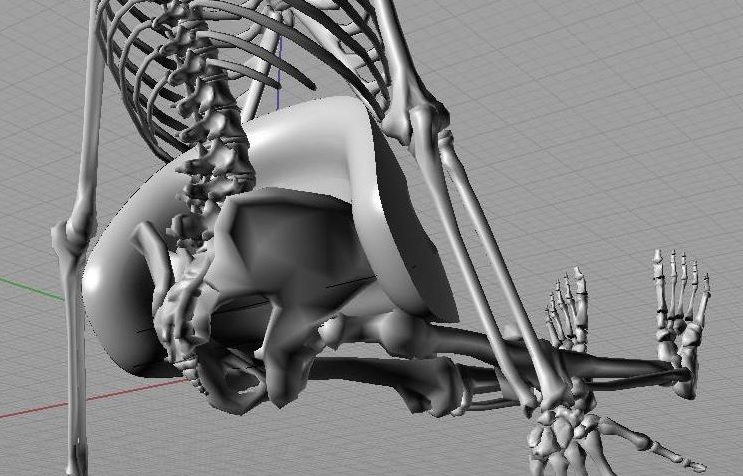
It bridges the vulnerable abdomen to concentrate collision forces on the parts of the anatomy best able to assume them – the bony hips and pelvis.
7. The Pelmet Reduces Shoulder Belt Forces.
It reduces pressure exerted on the upper torso by the shoulder belt by raising the upper boundary of the lower torso restraint.
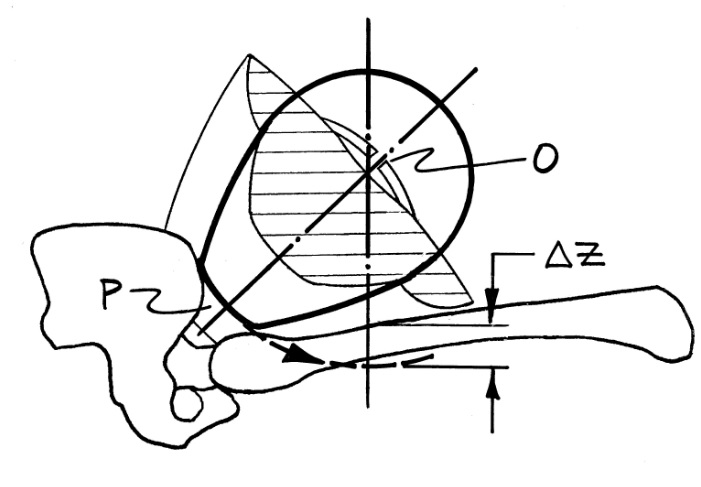

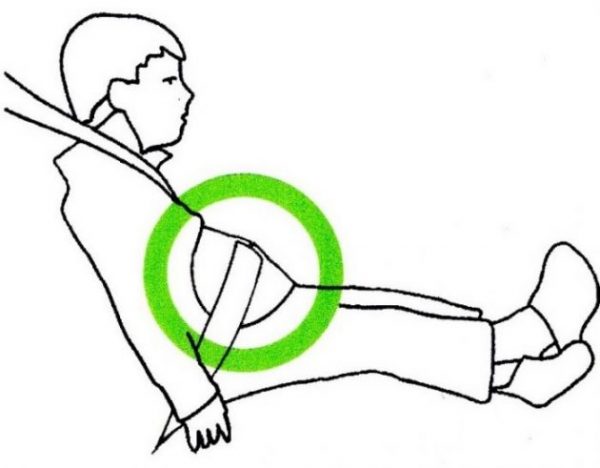
8. The Pelmet Replaces ‘Static Belt Fit’ with a ‘Dynamic Crash Response’.
Static lap belt fit is the first casualty of any dynamic collision event; both the belt slack characteristic of belt-positioning booster seats and the compressible vehicle seat reduce belt angle to encourage the child to ‘submarine’ under her lap seat belt to incur internal injuries commonly known as ‘seat belt syndrome’.
With the Pelmet, any forward movement of the child in a collision will occasion a counter-clockwise rotation of the restraint about the point of contact of the lap belt, raising the belt to compensate for compression of the vehicle seat and maintain its vertical angle to provide the downward pressure necessary to offset the child’s tendency to submarine.
9. The Pelmet Protects the Child in Side Impacts and Off-centre Collisions.
The Pelmet will protect a child passenger in any side or off-centre impact which would cause her to roll out of her shoulder belt to ‘jack-knife’ over the lap belt.
10. The Pelmet Makes It Easy to Choose the Right Restraint.
By simulating the lower torso of an adult passenger to achieve proper lap seat belt geometry in vehicle interiors intended for adult passengers, the Pelmet eliminates a parent’s dilemma of how to choose the booster that is compatible with their vehicle as well as their child.
